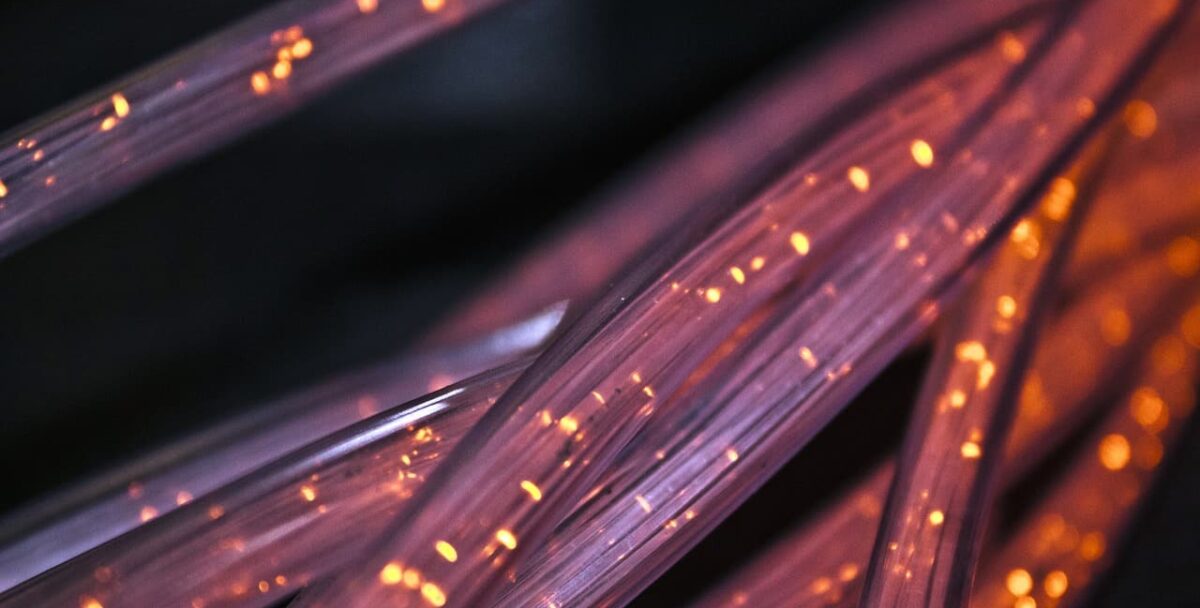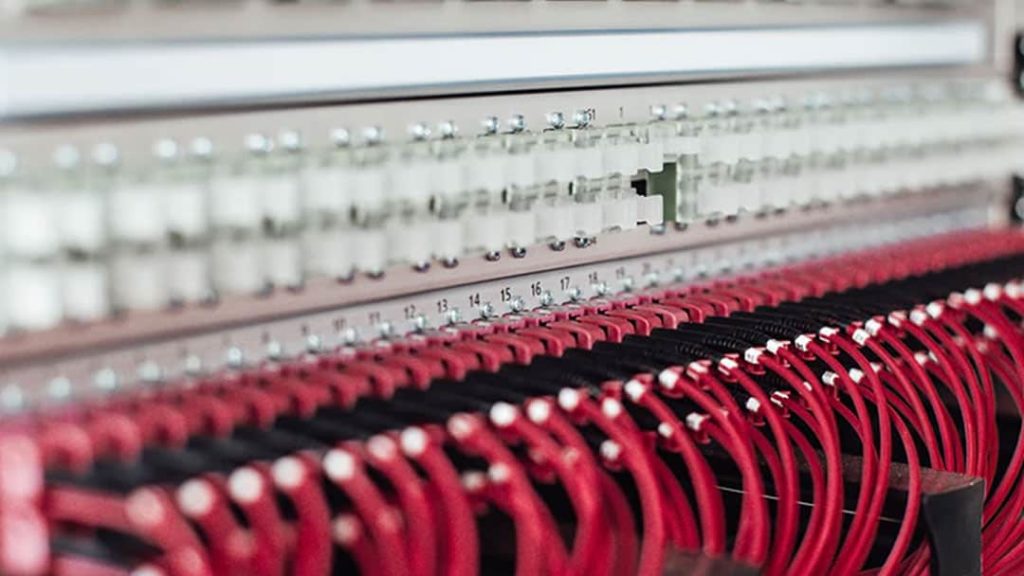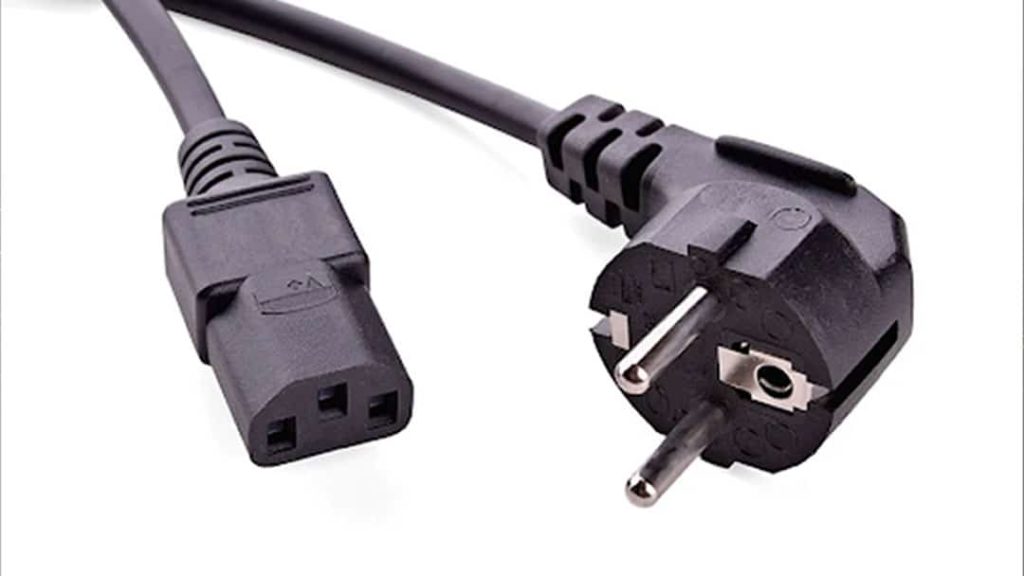The twisted pair of cables associated with ethernet has constantly been evolving over the decades. Unfortunately, this evolution can make it challenging to decide which type of cable is right for your building.
Should you go with the latest twisted pair cable offering? Or go with the tried and true method? Here at C & C Technology, Category 6A cables are the perfect choice for new installs. In this guide, we’ll discuss the rationale behind this decision.
We’ll also discuss some of the ways Category 6A differs slightly from its predecessor. That way, you can decide for yourself which type of cable best fits the needs of the 91% of people that use the internet in this country. Let’s get started!
What is a Category 6 Cable?
Before we learn more about the Category 6A cable, we first need to learn about the Category 6 cable. There are multiple ways to get a broadband connection for your device. However, one of the most efficient ways is through an ethernet cable.
And, for a while, the most efficient twisted pair cable for ethernet was the Category 6 cable. Introduced in 2001, this sixth generation of cable was backward compatible with the Category 5, Category 5e, and Category 3 cables.
These cables supported an ethernet data rate of one gigabit per second. One cable contains four pairs of copper wire that support this high-performance rate. One of the downsides of the Category 6 was its limited distance for connection.
A single cable could only accommodate one hundred eighty feet for its connections. If you want to discover more about this critical step in the evolution of the twisted pair ethernet cable, you can read our guide on the Category 6 cable here.
Related: Versiv Cable Certifier from Fluke Networks
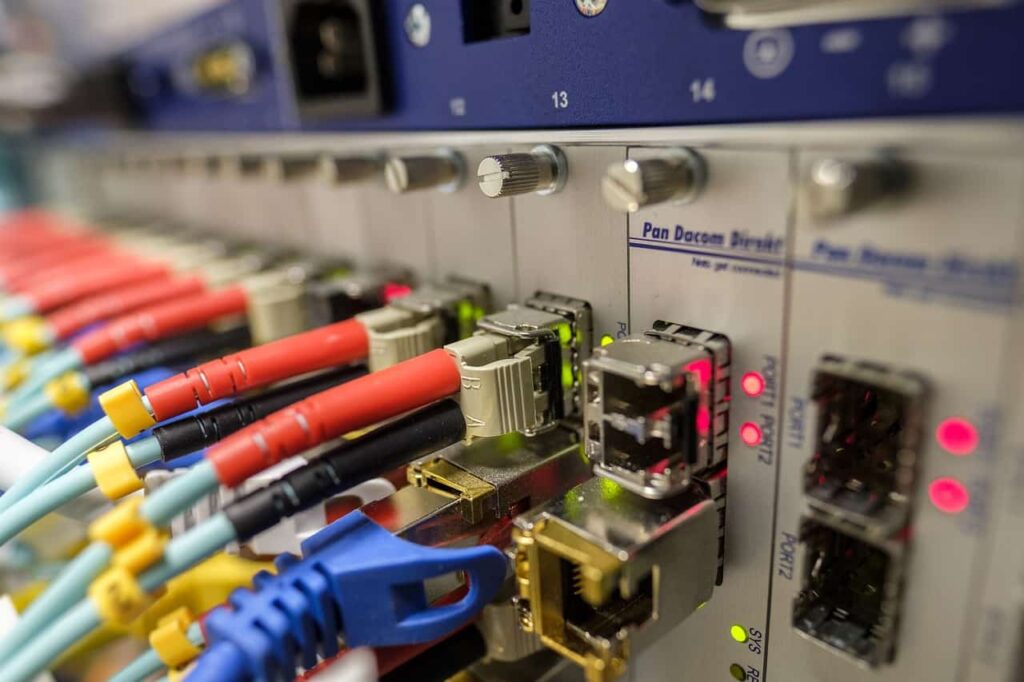
The Difference Between Category 6 and Category 6A
The fact that Category 6 and 6A cables are both ethernet cables is far from their only similarities. Here are some of the other commonalities between the two cables:
- They consist of eight conductors made out of copper and twisted into eight pairs
- They’re capable of supporting an impressive 1000 Mbps
- They can be unshielded or shielded, depending on your needs
- They use case-based jackets for installation
- They terminate at a TIA 568A
So if these cables are so similar, then how they are different from each other? First, there’s the distance of their speed. As we mentioned, the Cat 6 cable is only capable of transmitting speeds from one hundred eighty feet.
The Cat 6A cable, on the other hand, can relay the same rates at a distance of 100 meters. Next, the material that is used on both wires. The Cat 6A cables use copper conductors and jackets that are much bulkier.
This indeed makes their installation a bit more expensive than Cat 6. But it also means that they come with much higher durability. As such, it’s an investment that pays off in the long run. Lastly, there’s the bandwidth.
The Cat 6 and Cat 6A cables indeed come with roughly the same speed. But, regarding bandwidth, the Category 6A cable almost certainly wins the day. These cables come with a bandwidth that is nearly double the Category 6.
Related: 5 Power Over Ethernet Myths to Know for Smart Buildings
The Benefits of Category 6A Cables
Over the past decade, Category 6A cables have become a standard for new buildings. In fact, according to the TIA, these types of wires are currently recommended for data centers, healthcare facilities, and educational facilities.
Why is this? Because compared to the Category 6 cables Cat 6A are future-proof. It supports the needs of both current and emerging applications. That means you won’t need to install a bunch of new cables when the needs of your organization change.
Category 6A cables are also better if you have a great facility you’re working with because they can deliver 10 Gbps speed up to 100 meters. The durable nature of Category 6A cables means they last longer than its predecessor.
On average, you can usually expect five more years of life out of the cable. Lastly, it’s the most cost-effective solution. So choosing Cat 6A cables can save you money in the long run.
Are you having trouble with cables in your data center? Check out this troubleshooting guide to help you find the problem.
What Does the A Stand For in Category 6A?
The A in Cat 6A cables stands for augmented. This is to note the many performance enhancements with the Category 6A cables.
However, because it shares many similarities with the Cat 6 cables, it still falls in the sixth-generation category. Use this resource if you need to verify which cable is currently used in your facilities.
Need help finding a Category 6A cable installer? Contact C&C Technology Group today, and we’ll help you find one.
Related: C&C Technology Showroom
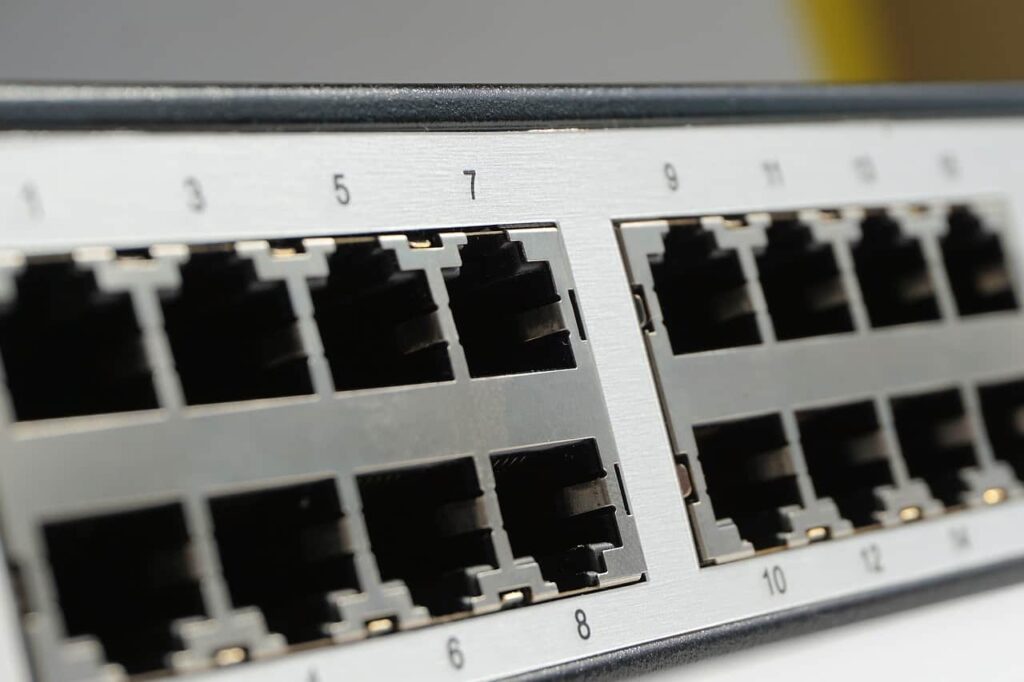
The Importance of Category 6A Cables For Your Business
This guide helped you learn more about Category 6A cables. It can be tempted to be drawn to the new technology behind Category 7, 7A, and even eight cables. But the reality is that these new twisted pair cables make up less than 2% of the market.
The Category 6A cable constantly exceeds its performance expectations compared to these options. On top of this, it’s also the more cost-effective option. Most facilities do not require the performance standards that these new cables provide.
So, it makes the most logical sense to go with the twisted pair cables that conform to the standards set by the TIA and EIA. And, for the time being, that falls on the Category 6A cable.
Last Updated on June 8, 2023 by Josh Mahan

